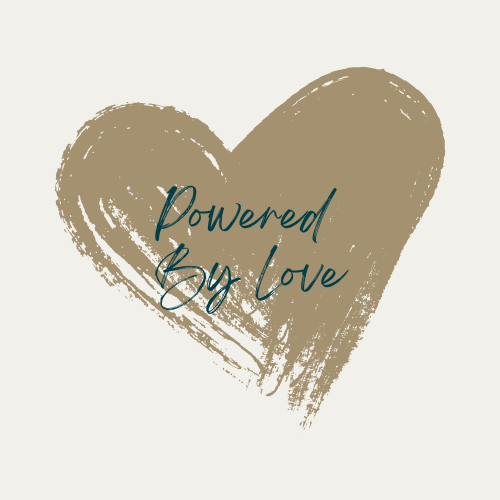[Image description: a colorful assortment of pills fill a counter]
Given the amount of pain medication we consume on an average annual basis (Americans received more than 300 million pain prescriptions in 2015 alone – not including over the counter usage) it’s very quickly obvious that we in North America have a pain problem. In fact, that same study suggested that Americans use 80% of global opioid production each year. But I’m not sure it’s the problem we think we have. As someone who lives with and has lived with pain almost every single day of my life I think it’s possible that our problem with pain is that we don’t understand that it is nuanced.
(Before I go on, let me clarify. I am not suggesting that we should never use pain medication. I am simply pointing out that the level of pain medication used currently suggests that we are using more than what is necessary, and that this indicates some bigger problems in our thinking about pain.)
All through more than a dozen operations I heard “no pain, no gain” as if pain was always, in every form, a good thing. This attitude seems to have extended out to the exercise world where even quite serious athletes risk damaging their bodies by taking painkillers before a race and frequently “pushing through” the pain signals their bodies give out.
On the other side of the equation we have pain avoidance. Folks who live in terror of something happening – of experiencing pain. I see this most strongly right now in certain parenting approaches, when children are “bubble wrapped” to prevent as much physical and emotional pain as possible. Unfortunately, this pain avoidance strategy often overflows into a “don’t talk to me about your pain” approach, which creates barriers and boundaries between us as humans, only serving ironically to increase – not decrease – our overall pain.
The problem is that both of these approaches to pain miss it’s nuance and therefore it’s value, cutting us off not only from each other, but also from a major source of physical wisdom available to us as human beings. That’s because pain is one of the body’s most powerful ways of communicating with us. It is a useful biofeedback mechanism that alerts us to our basic needs (such as hunger, the need to use the bathroom or the fact that something sharp or dangerously hot is touching us).
When we stop listening to pain, we disconnect with our bodies in ways that increase injuries, affect our ability to interact in healthy ways with food and increase our overall stress levels for no beneficial reason.
Conversely, when we assign a blanket negative value to pain, we miss the opportunity for growth. That’s because whether it’s improvement at the gym, developing a new skill or processing hard emotions, pain is frequently – perhaps invariably – an element of growth. The experience of growth or maturation is one of being stretched, and there is discomfort and sometimes even pain that goes along with that stretching that benefits from being appreciated, valued and even embraced.
So what’s the answer?
I think we need to tune in more fully to our pain. Instead of trying to numb or dull it with medication, alcohol, distraction or caffeine, we need space to hear what our bodies and emotions are communicating. Sometimes we can get to this point on our own. But sometimes we have been numbing for so long – and our pain is so great – that it can be helpful to walk through this pain with a coach or therapist to help us stay grounded as we begin to process it. Often when we do this we realise there are underlying issues at play that we were completely unaware of – but that can be addressed and even resolved within the coaching context.
Once we are regularly and safely tuning in to our bodies messages we will start to realise that there are different types of pain offering different information. Dull throbbing may just be the body gently repairing itself after healthy exercise or the emotions gently realigning after a particularly painful interaction. This dull ache suggests that we should be gentle with ourselves – get the rest and support our hearts and bodies require – but often doesn’t need a course correction. Sharp, shooting pains on the other hand indicate something serious is happening, and that we need to stop and respond immediately to prevent even greater damage.
The length and location of pain tells us more information and invites us into reflection to solve the problem: a headache at the end of the day may be an indication of fatigue, stress, dehydration or hunger, but it’s up to us to tune in to determine the answer.
Finally, the deeper pains we carry – trauma, abuse, grief, and sometimes even chronic pain – call us to show up for the therapeutic process, regrounding ourselves in who we were always made to be and creating deep roots that will hold firm regardless of what comes next.


Leave a comment